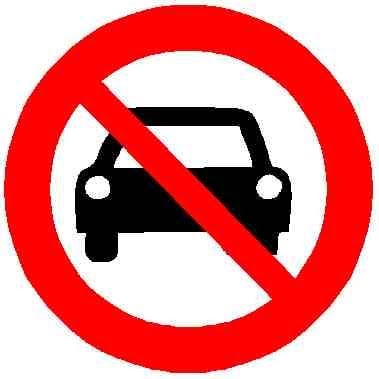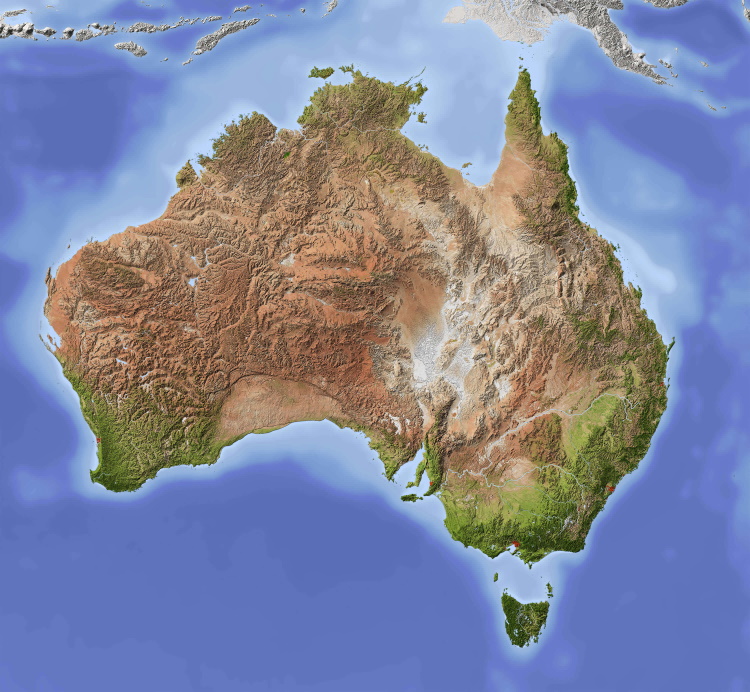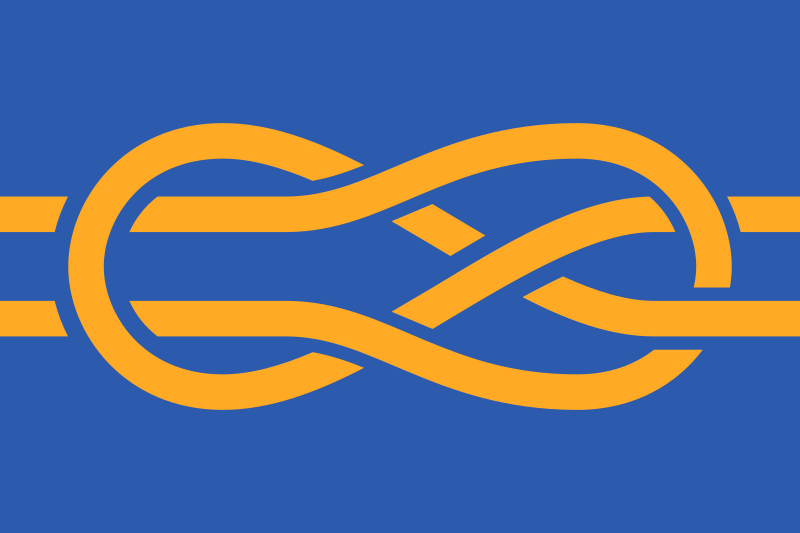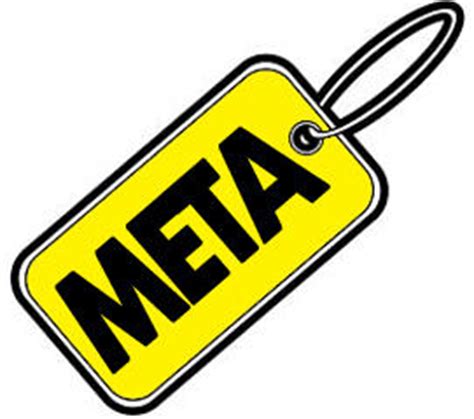Why are you conflating criticism of a genocidal regime with racism?
Zagorath
Formerly /u/Zagorath on the alien site.
- 405 Posts
- 3.61K Comments

 2·2 hours ago
2·2 hours agoRTS’s need a massive new hit to redefine the genre
RTS is a very broad umbrella term. I would have thought a CoD RTS would be more along the lines of CoH in its design than WC3. Though I could see mixing the two to create a tactical RPG RTS.
Because of the broad category that is RTS, I don’t think it’s necessarily right to characterise it as the genre needing to “redefine the genre” or have enormous innovation. AoE4 is an excellent and very successful game, but it basically only has relatively minor refinements on long-lasting staples of the classic RTS genre. And AoE2 is still enormously successful despite being 25 years old this month (with the obvious remastered graphics, newer QoL features, and new patches and expansion content along the way).
I’m not sure I agree with the live-service complaints. Maybe there are some RTSes that went that way, but one that you mentioned was AoE3, and it certainly didn’t. It was buy-once, play forever. (There were 2 major expansions in the same vein as the expansions of earlier Age games with significant new chunks of content in each, but nothing live servicey.) So has been every one of the Definitive Editions (including Age of Mythology: Retold) and AoE4. They do put out new paid content on a regular basis, which is frankly necessary to be able to keep funding bugfixes, balance patches, and server costs. But nonetheless the content has been very well-received by the community, and is entirely optional and doesn’t lock you out of playing your old content at all if you choose not to buy it. I’m not involved in any other RTS games, so maybe they are doing more live service stuff. Shame, if so.
RTS may just be a niche genre. It doesn’t need to change to attract a wider audience, because doing that would be to change what attracts its current audience. And that’s ok. Not everything needs to be for everyone.
Not that there aren’t things that RTSes could do to try to maximise their audience. If the game is esport focused, a good investment in esport prize pools goes a long way, and so does making sure your game is in a high quality state before it gets released—even if that means delaying release. AoE4 is an excellent game today with a pretty solid playerbase, but it could have been in a much better state if it hadn’t turned away a large number of both pros and low-level competitive players by the terrible state of the game at release. I’m also really impressed by the work the Age franchise has done around console compatibility with their main games recently, but I think greater promotion of this fact (for example by sponsoring console & controller–only tournaments) would help in that arena. I’d also love to see a real classic RTS game developed for mobile, which is why I was initially really excited about Age of Empires: Mobile, until the leaks came out revealing that it’s yet another Chinese knock-off like the thousands of cheap mobile games that have come before…only this one tarnishes the brand not just by indirect association/ripping off its assets in ads, but because it’s officially allowed to use the Age of Empires brand. Mobile is never going to have the high level of competition we see on PC, but I think if they put the same level of love and care into a mobile game (designed from the ground-up to be a mobile RTS) that they put into the console ports of their core games, it could be a great experience while on the go, and possibly provide an easier entry point into the genre for some newer players.
What I don’t want to see is the kind of RTS innovation that leads to completely new genres. MOBAs are fine for what they are, but that’s what you get if you embrace the idea that RTS should completely innovate to capture audiences with wildly different tastes: an entirely different genre that no longer appeals to RTS fans.

 9·14 hours ago
9·14 hours agoDo you guys here ticking?
Ron, Ron, Ron Weasley

 2·15 hours ago
2·15 hours agoThis has implications with digital content in general
Not even just digital content. This is only half a step removed from right to repair campaigns, and that’s all about physical hardware, ranging from mobile phones to tractors on farms.

 1·16 hours ago
1·16 hours agoSorry, but what is it that “Lemmy does not”? Was it the hyphen? That’s unfortunate. Maybe a colon (:) or em dash (—) would work? I’m surprised, considering I’ve seen users with far more absurd characters, like 𝕕𝕠𝕦𝕓𝕝𝕖-𝕤𝕥𝕣𝕦𝕔𝕜 (𝕠𝕦𝕥𝕝𝕚𝕟𝕖𝕕) 𝕥𝕖𝕩𝕥 in their display names.
Though I have to be honest, I don’t particularly like any use of display names other than custom capitalisation and appending pronouns. If I can’t read someone’s display name and type it with an @ mention and get autocomplete because their display name is significantly different from their username, they’ve fucked up and are misusing their display name, IMO. It creates user experience problems.

 2·19 hours ago
2·19 hours agoSome possible workarounds: you could fake out the space and use a hyphen to separate your pronouns rather than brackets. So
Dragon"Rider"-xi/drag. Or, if it’s not essential to you, you could remove what appear to be scare quotes from your name instead, which leaves room for the more conventional brackets.

 191·1 day ago
191·1 day agoIt’s really unfortunate that Lemmy handles deleted posts in this way. It’s one of very few genuine advantages of the Reddit platform. Over there, if the OP deleted the post, the text they wrote would no longer be visible, but all the comments under it still would be. And people could continue to have that discussion, so long as they had the link.

 64·1 day ago
64·1 day agoThat’s a bit doomerist of you. Why leap to the assumption that voters are against it rather than the far simpler explanation that people are unaware of its existence, or don’t feel they understand it well enough to have an opinion?
In which case what’s needed is a much stronger social media effort, preferably headed up by the organisers themselves, or someone else who can make it their entire thing, from where it can hopefully radiate out to other interested parties.

 5·1 day ago
5·1 day agoOr that you’re going to pull back your shower curtain one day, and there’s going to be a bear in your shower?
Ha! Joke’s on you. I don’t have a shower curtain!

 27·1 day ago
27·1 day agoNo, it is genuinely a good point. The fact that its use so far has been entirely limited to the two that ended WW2 was certainly not a given. Some US military leaders wanted to use nuclear weapons in Korea.
The Korean War was so soon after WW2 that the strong taboo against the use of nuclear weapons hadn’t yet taken hold, and the USSR had a miniscule stockpile, so the US could genuinely have done it with limited risk to themselves. The fact that they didn’t use them is a really important turning point that helped build in the taboo against their use that has so far held to this day.

 9·2 days ago
9·2 days agoI never played Civ VI. Stuck with V instead. Though to be honest, what I really wish they would do is return to the cool alternate game modes that Civ II: Test of Time added. Being able to keep playing with a second playing arena after completing the ship to Alpha Centauri, or play an entirely different game of fantasy or science-fiction flavoured civ was really cool.
I’m not going to deny that that might be true in some US states’ laws. But it is not true morally or philosophically. From the first sentence of the Wikipedia article on wage theft:
Wage theft is the failing to pay wages or provide employee benefits owed to an employee by contract or law.
Later in the same paragraph, it includes as an example:
not paying annual leave or holiday entitlements
It is pretty uncontroversial that not paying overtime bonus rates is wage theft, and that article goes to great lengths to describe how misclassification (e.g. classing someone as a contractor when they are in fact a direct employee) is wage theft not just philosophically, but at times in the US legally.
Here in Australia, a classic example of wage theft that we hear about companies getting fined for a lot is failure to pay superannuation. A US equivalent to that might be if they failed to pay into a 401k contribution match when their employment contract stated they would. It’s not “wage” per se, but it is part of the agreed compensation for work.
Leave entitlements are no different. Whether the law recognises it correctly or not, taking away people’s annual leave is wage theft.

 24·2 days ago
24·2 days agoOh geez. He’s still going on about that? I did know about that, but it was so long ago now I didn’t think he could possibly still be talking about it in this post.

 2·2 days ago
2·2 days agoApparently “democracy should be open” is a controversial take.
Or maybe my comment got downvoted for saying that those voting for her are morons?

 171·2 days ago
171·2 days agoWhat’s the context behind this?
Where I live, failing to give people their legally-mandated annual leave would be no different to failing to pay them their salary. If they resign or are let go, you have to pay out their annual leave (one day of annual leave = one day of extra pay).
They can reasonably instruct you to use your leave if it’s building up too much (but what’s “reasonable” or “too much” are not specifically legally defined), but they cannot just take it away. Annual leave is literally part of your legal entitlements.
US having laws that permit wage theft? Colour me entirely unsurprised.
Your leave resets? That sounds illegal.
It’s also worth noting that the “ZY” or “KSY” pronunciations might be misleading to English speakers. The “Y” in both of those is actually like the vowel in “fly”, not like in “baby”.















/cdn.vox-cdn.com/uploads/chorus_asset/file/25614535/2169610326.jpg)




Yeah the going theory seems to be the death of classic Reddit.